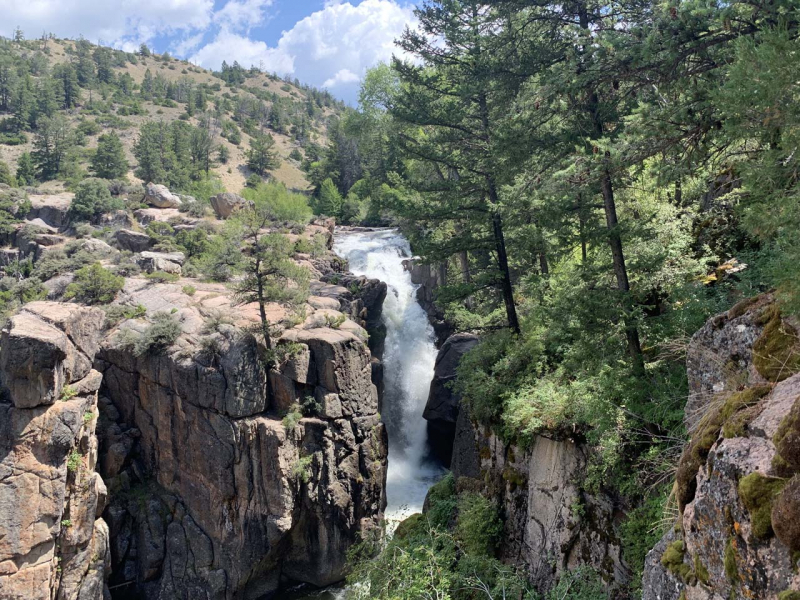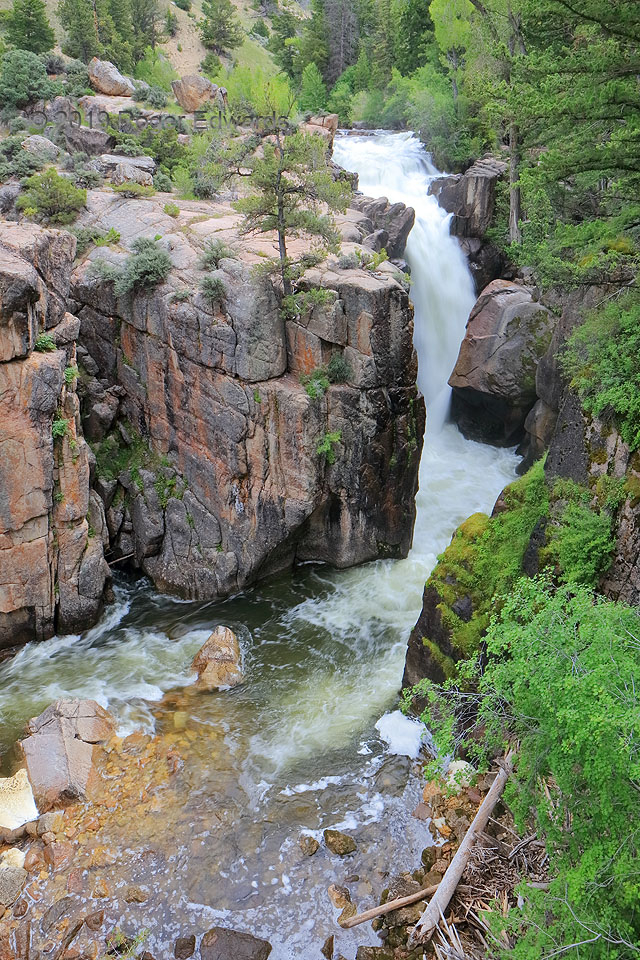Shell Falls
In northeastern Wyoming, on Shell Creek, a few miles upstream from the hamlet of Shell, is a waterfall known as Shell Falls. It is located in the Bighorn National Forest.
Shell Falls, a rushing waterfall that resembles it is situated in an area of aridity, has been cultivated by the presence of Shell Creek into a pretty lovely cascade. This 75-foot waterfall is a little different from most waterfalls we have seen in nature because of its odd geography and contradictory environment. Since streams of water typically accompany waterfalls, streams of soft rock will erode considerably more quickly than streams of harder rock. However, variations in erosion rates are what cause Shell waterfalls to appear the way they do.
Additionally, taller waterfalls may be found in hanging valleys where the strong rock strata supporting the watercourses may have been physically damaged or even sheared by glaciers. Shell Falls, on the other hand, was created by a fault line in which one side descended while the other pushed upward.
Speaking of canyons, the cliffs are said to be home to fossil shells (which is why the waterfall gets its name). This also suggests that the area's surface crust may have once sunk deep under the ocean.
The granite foundation rock that the falls cascade over is at a height of 120 feet (36 meters). From the rest area and interpretive center, one can witness flathead sandstone outcrops that are around 550 million years old and sit on rocks that are 2.9 billion years old, making them some of the oldest rocks on Earth. Additionally, visitors may view "Corman's Tomb," a vast limestone promontory to the north.
To conclude, Shell Falls:
- Located in northeast Wyoming, on Shell Creek, several miles upstream of Shell Village in the Bighorn National Forest.
- This 75-foot waterfall is a little different from most waterfalls we have seen in nature.
- We can witness flat outcrops of sandstone, one of the oldest rocks on Earth from the resting area and interpretation center.












